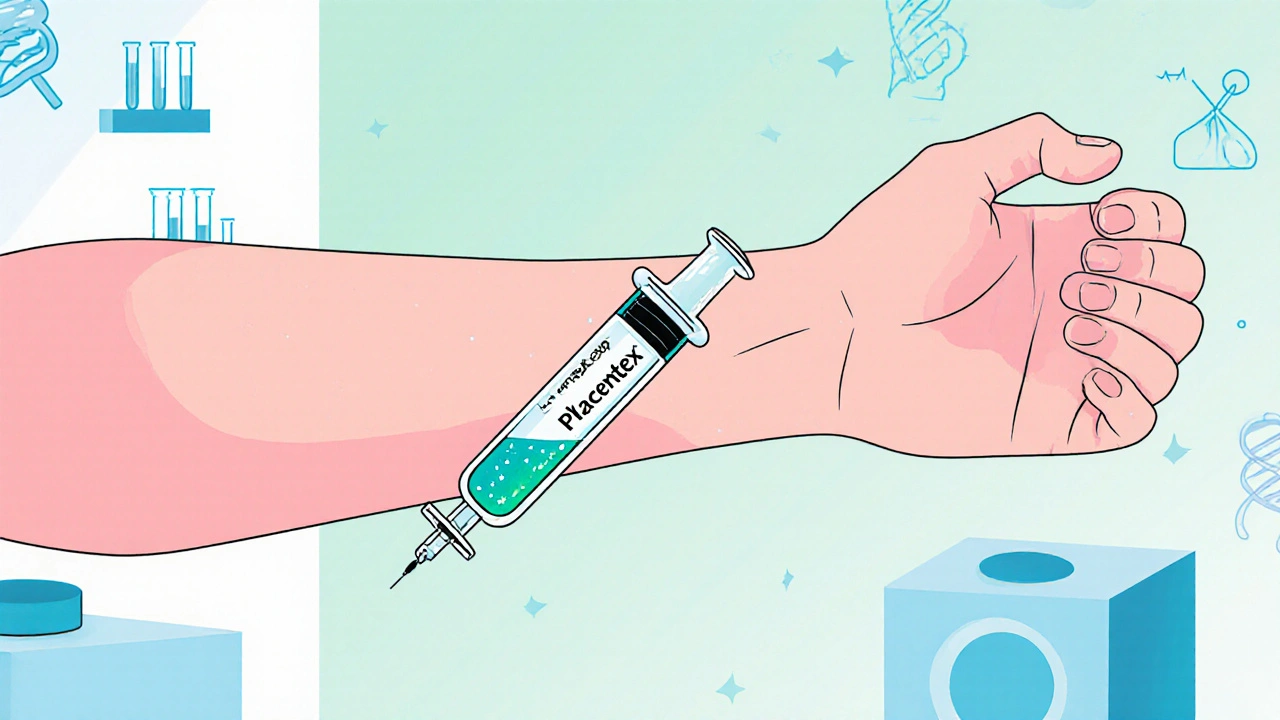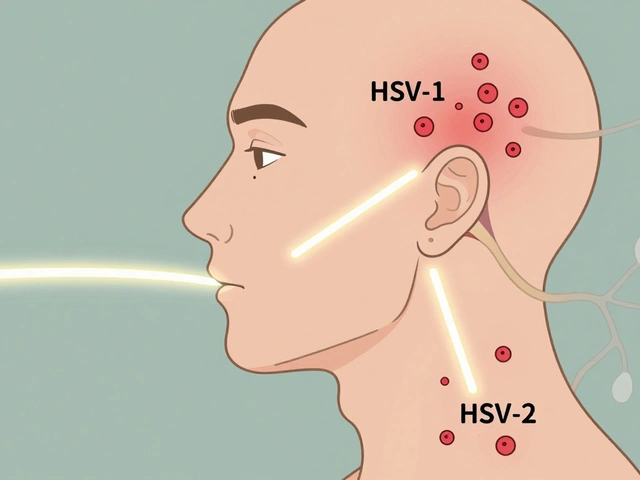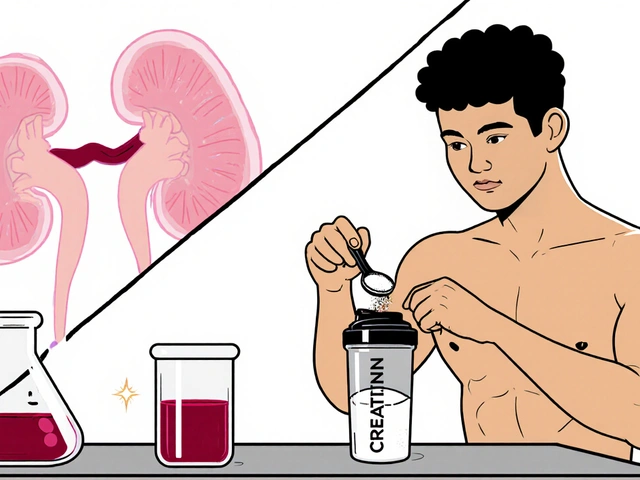Placentrex: What It Is, How It's Used, and What You Need to Know
When you hear Placentrex, a therapeutic preparation made from human placental tissue used to promote healing and reduce inflammation. Also known as placental extract, it's not a hormone or a synthetic drug—it's a natural biological product derived from donated placental tissue after childbirth. Unlike pills or injections that target one pathway, Placentrex delivers a mix of growth factors, proteins, and cytokines that work together to kickstart your body’s own repair system.
It’s commonly used in clinics for slow-healing wounds, burns, surgical incisions, and even chronic skin ulcers. Doctors don’t prescribe it for every injury, but when standard treatments stall, Placentrex often steps in. It’s also used in some cases for joint pain and post-surgical recovery, especially where tissue regeneration is key. The active ingredients aren’t just one thing—they’re dozens of natural compounds that signal cells to multiply, reduce swelling, and rebuild damaged areas. This makes it different from antibiotics (which kill bacteria) or painkillers (which block signals). Placentrex helps your body fix itself.
People who’ve tried it often report faster closure of open wounds, less scarring, and reduced redness. It’s not magic, but it’s backed by real clinical use in places like India, Russia, and parts of Europe. You won’t find it in every pharmacy, but it’s available by prescription in many countries. Some patients use it alongside physical therapy or compression wraps. Others pair it with topical antibiotics when infection is a concern. What’s important is that it’s not a replacement for proper wound care—it’s a tool that supports it.
There are alternatives, like silver dressings, growth factor gels, and even hyperbaric oxygen therapy, but Placentrex stands out because it’s derived from human tissue and works at the cellular level. It’s not for everyone—pregnant women, people with certain blood disorders, or those allergic to human proteins should avoid it. Always check with your doctor before starting any new treatment, even if it’s labeled "natural."
What You’ll Find in This Collection
The posts here aren’t just random articles—they’re practical, no-fluff guides written for people who’ve seen a wound that won’t heal, or who’ve been told to try something new. You’ll find comparisons with similar treatments, real stories about recovery timelines, and clear advice on how to use Placentrex safely. Some posts dive into how it’s made, others into how it stacks up against other regenerative therapies. You won’t find marketing hype here—just facts, user experiences, and what actually works on the ground.

Compare Placentrex (human placental extract with nitrogen) to PRP, stem cells, HA and other alternatives, covering efficacy, safety, cost and regulatory status.





